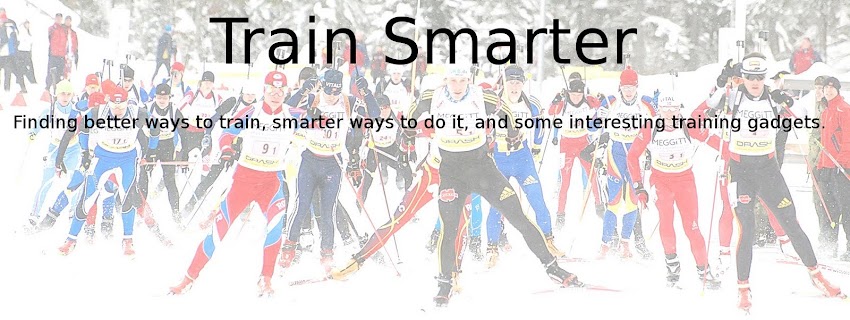This blog is about making athletes
think about their training, why do certain things and what happens when we try to adapt training programmes to our physiology instead of following the normal cookie cutter approach of just doing. Understanding what functional and
structural changes are helps with this understanding of why we see
certain changes through training. There is no official definition and
these ideas come from FaCT so I have made my own version of the
definition here plus given a few examples so you can get a idea
of what functional and structural training is.
Don't confuse the definitions of
functional training (or functional strength training) which Wiki
writes it as, training the body for activities of daily life, which in
short is transferring the strengths from one movement with resistance
to a sport or activity.
Functional change definition:
This is normally a short term result of training and is where the
initial changes in the body is seen. Functional changes are often
temporary and is gained and lost quickly.
Structural change definition:
This is a long term change in the body that results from starting as
a functional change and through months and sometimes years of
specific training to develop that specific system may see the
development of a structural change which supports the human body.
So when the two definition are
combined then functional and structural training implies to the
development of the human body through specific training which will
normally start with functional change, and through specific stresses
and adaptions lead to a structural change which will improve athletic
performance. The development of the structure of the body which
broadly speaking will include the respiratory system,
cardiac system, muscular system, hormones, blood system etc.
Here are some simple examples: A professional cyclist who has been cycling for years, has a higher amount of
mitochondria growth and capillarization compared to a amateur. Using
the same trained cyclist, his muscles have developed from being a amateur cyclist being functionally good to adjusting the muscle
fibres structurally so that they can better perform the required
activity.
Athletes thus in general have a higher
ability to utilise oxygen and pump a higher volume of blood which is
developed through training.
You say so what, this is obvious. Here
are some more examples to think through: A novice cross country skier
will have problems initially learning to ski and use a huge amount of
energy learning to balance, after a few days he has learned to
balance and found the needed coordination and he will be skiing
faster simply by having made a functional change. Now you did some
tests as he started skiing and a few weeks later the skier has shown
an improvement and you think, great he is fitter, but most likely due
to the improved balance and coordination the skier is able to use
more muscle to ski faster, which may show a higher VO2, instead of
using muscle to balance. The Skier will initially very quickly develop the
utilisation ability through capillarization and mitochondria density
and the before mentioned improved balance and co-ordination. This is
often the big improvements seen in research studies which last only a
few weeks versus trained athletes where changes are small as there is
very little room for functional changes. To make structural changes
which will strengthen the athletes respiratory system, improve
cardiac output and stroke volume may take months or even years.
Another type of example: A athlete goes
to altitude or sleeps in a altitude tent and is able to raise his
blood values, now he goes back to a lower altitude to compete and if
he is a responder to altitude, he/her body is simply utilising the
extra oxygen available to the body. To make a real altitude adaption
takes many years of IHT and altitude training where the body learns to
adapt, and to better utilize and deliver.
Some individuals can improve Stroke
Volume (SV) through certain training protocols or even exercise which
can be due to a plasma volume increase. This again is a very
functional change which is temporary. Repeating this functional
training over several weeks, sometimes months should (if the correct
stimulus is used with the correct timing to stress the limitation)
see a structural change in End Diastolic Volume (EDV) as a change in
heart size, thus a higher volume ability to pump blood (stroke
volume) and a lower heart rate (CO=SVxHR).
So in any system that you are training you
need to think, is it development or just utilisation, i.e.
capillarization or capillary utilisation, SV through plasma expansion or SV through EDV improvement, mitochondria density or mitochondria enzyme reaction. Is the sudden improvement
weather related, (hot=warmer tarmac=different reactions on
bicycle/skate wheels resistance.) or is it true structural adaptation. Another
improvement which has not even been mentioned is on the mental side.
Once you have done lets say a performance test, you know how it
feels, so next time in most cases without any physical improvement
you know how to pace it better. Changes in nutrition can make functional
changes to blood (e.g. beet root) certain supplements which may buffer H+. Respiratory training with specific devices will
initially show great improvements as coordination and general
conditioning improves (similar to the idea with the skier) but long
term diaphragm strength and transfer of training to sport specific
activity may take months.
The key to train structure, you need to
find what is the limitation which is creating the weak link in athletic performance.








